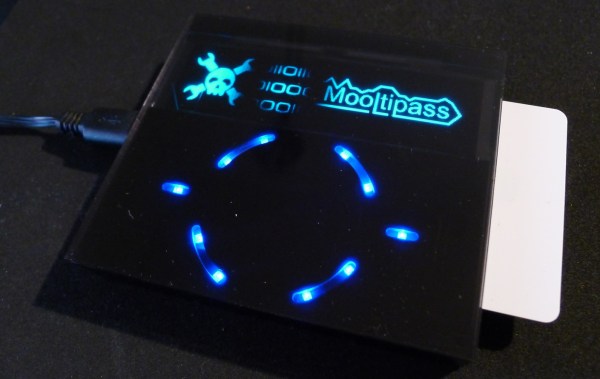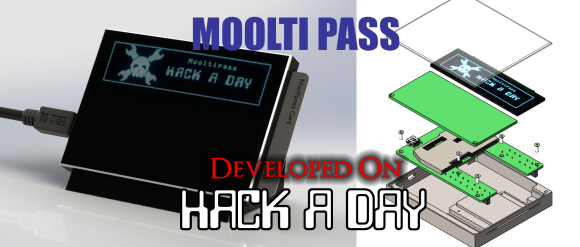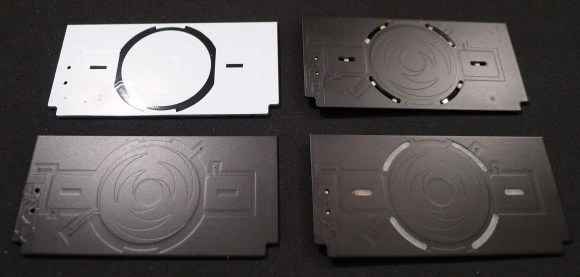Sometimes a hack needs something more than duct tape. Cyanoacrylate glue is great, if you don’t mind sticking your fingers together. But it doesn’t stick to everything, nor does it fill gaps. Epoxy is strong, but isn’t nearly as convenient. The point is, one type of glue doesn’t fit every situation, and that’s why you have to keep a lot of options. [Syuji Fujii] of Japan’s Osaka Institute of Technology (and his colleagues) have a new option: a glue that goes on dry and sticks when squished.
According to New Scientist, the researchers rolled spheres of a latex liquid in a layer of calcium-carbonate nanoparticles. The resulting spheres are a few millimeters across and pour easily. When put under pressure for a few seconds, the nanoparticles are pushed inside, and the sticky liquid contacts the surface. The source paper is also available if you want to read the gory details. Or you can cut right to the video below to see it in action.
If you don’t think glue is a good hacking material, you don’t know [Kevin Dady]. You can even glue wires if you really hate soldering, although we’d rather solder.

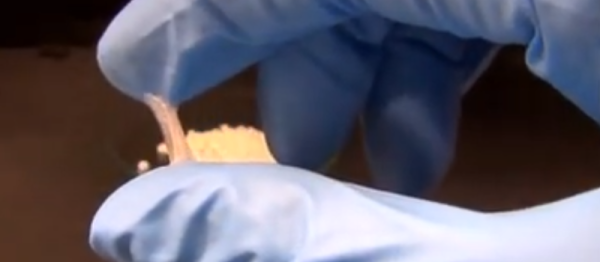




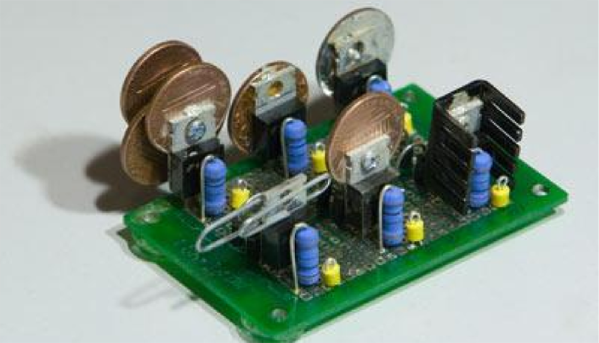

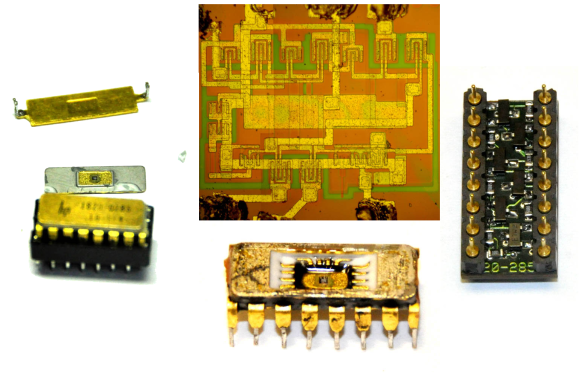 [Matthew] got himself into a real pickle. It all started when he was troubleshooting a broken Hewlett Packard 8007A pulse generator. While trying to desolder one of the integrated circuits, [Matthew] accidentally cracked it. Unfortunately, the chip was a custom HP Pulse shaper IC – not an easy part to source by any means. That broken chip began a 5 year mission: to explore strange new repair methods. To seek out new life for that HP 8007A.
[Matthew] got himself into a real pickle. It all started when he was troubleshooting a broken Hewlett Packard 8007A pulse generator. While trying to desolder one of the integrated circuits, [Matthew] accidentally cracked it. Unfortunately, the chip was a custom HP Pulse shaper IC – not an easy part to source by any means. That broken chip began a 5 year mission: to explore strange new repair methods. To seek out new life for that HP 8007A. 